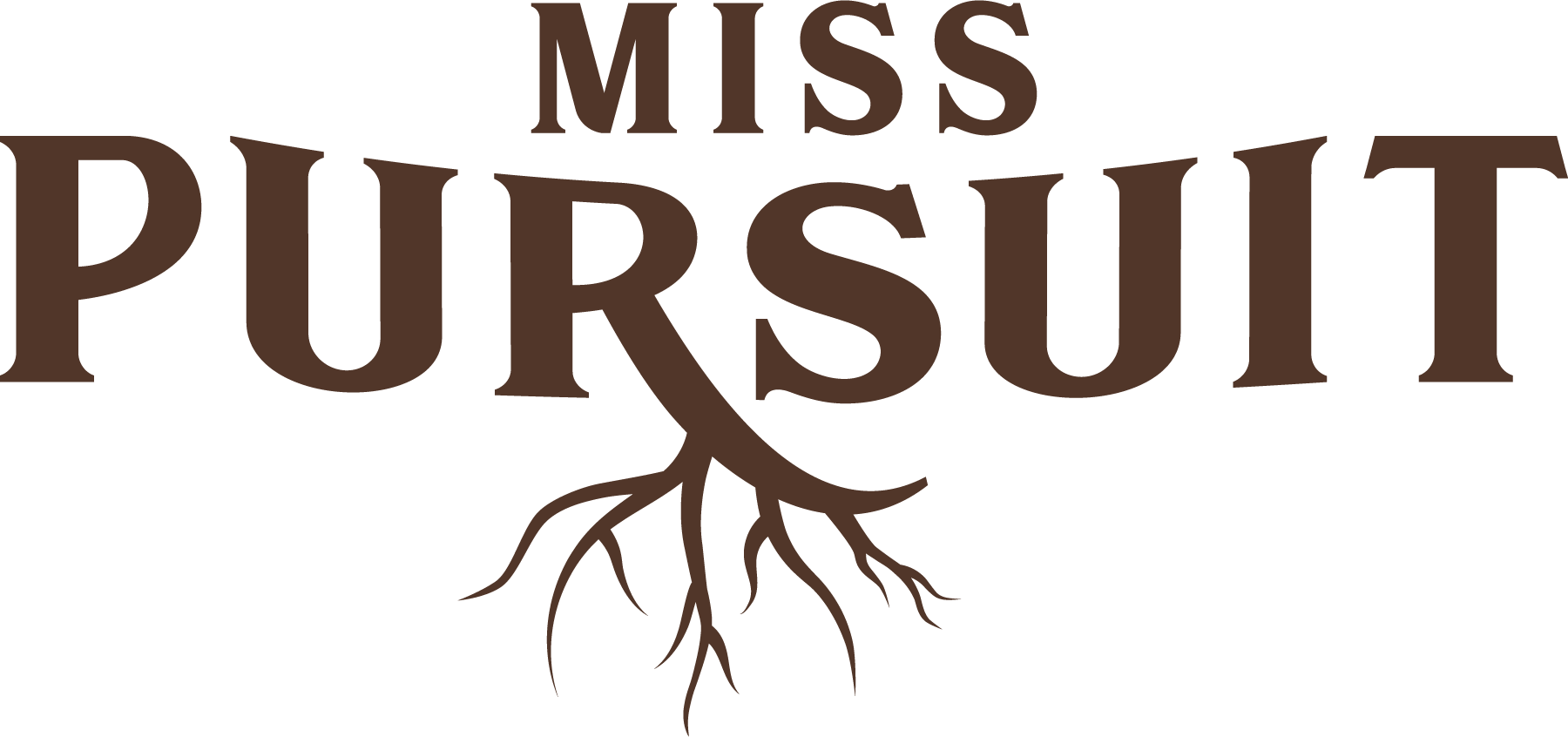How do you cook bear meat? That question will generally will cause even the most carnivorous human to turn up their nose. But why? Prepared and handled properly, bear meat is delicious. In fact, in our home, we substitute ground beef recipes for ground bear in almost every scenario. We’ve actually come to prefer it and most guests are none the wiser.
The aversion to bear meat generally arises with the concern of trichinosis. Although a warranted concern, with proper handling and cooking methods, it is not only safe but also nutritious, comparable to deer, elk, moose, and caribou.
An introduction to bear meat
According to Health Canada’s Nutrient File, black bear meat contains 128 calories, four grams of fat, 33 grams of protein and 98 milligrams of cholesterol per 100-gram serving, despite its apparent fattiness. What people don’t realize is that we have been in the presence of this parasite long before trying our first plate of bear. Pork is also a known carrier, which is why the guideline for consumption is to cook well done. The good news is that it’s easily preventable. Trichinosis cannot survive longer than 15 seconds at 165 degrees Fahrenheit which is why I always steer to the side of caution and cook bear to 170 degrees F.
Download Now: Beginner's Guide to Cooking Bear Meat
Black bear and wolves are in abundance where I live, which has deteriorated the ungulate population. It is not uncommon to see many black bears taking in the fresh vegetation in fields come spring, while you will be lucky to see a whitetail in any field.
As hunters and houndsmen, we are doing our part every spring and fall. Once our tags are punched, that harvest will feed our family for many months in the form of homemade sausages, ground meat, stewing meat, and the occasional roast. Over the years we’ve learned that these are by far are our favorite ways to prepare bear meat, but everyone has their own preference.
Another thing to note is that the taste will vary greatly, dependent on the geographical location and diet of the bear. Where we live, they consume a vast array of grass, grain, berries, and nuts. A bear that consumes mostly fish in a different region would undoubtedly have a different taste altogether.
Read More: Wild Game Recipe: Bear Meat Shepherd’s Pie
Preparing bear meat
Once you’ve harvested a bear, to optimize the taste of your meat, it’s essential that you demonstrate precise handling and preparation practices in the field. It is crucial that once the animal is harvested, the meat is allowed to cool down quickly, especially in the fall when the days are typically warmer. By removing the thick hide and many layers of fat as soon as you can, it will help cool the carcass and prevent spoilage. It’s no surprise that a bear’s hide, accompanied with layers of fat (especially in fall), will insulate the meat exponentially.
Unlike beef or pork fat, wild game fat can taint the flavor of the meat, so it is recommended you remove it as well. Although I haven’t tried it, many people render down bear fat, using it as versatile cooking oil for many baked goods.
Once you have the bear home, it’s time to start processing. Any fat you missed in the field should be removed, as well as any hard-connective tissue. The time spent on this step will pay off greatly once it is prepared. Generally, when we process an animal like a deer or moose, we strive for steaks. However, for bear, we’ve found over the years that roasts and ground meat is our preference. We will also turn a lot of our ground meat into bear sausages in a variety of flavors like honey garlic, Italian and mild.

When it comes to cooking bear meat, my favorite recipes are stuffed peppers, tortellini soup, shepherds pie, and meatloaf. Although these are only a few staples, I’ll substitute just about any recipe that calls for ground beef with ground bear. Again, ensuring that the internal temperature of 165 F is reached.
